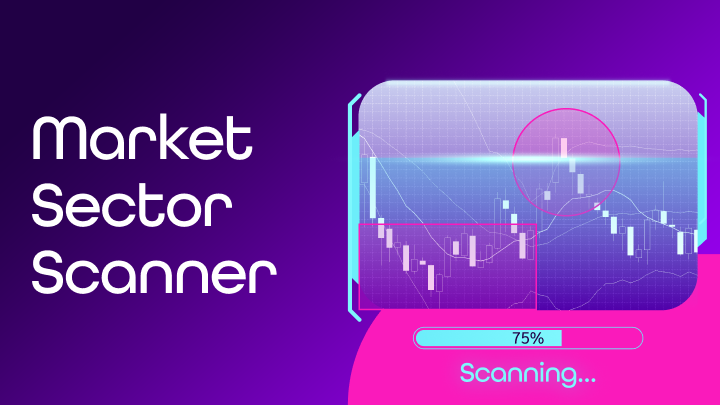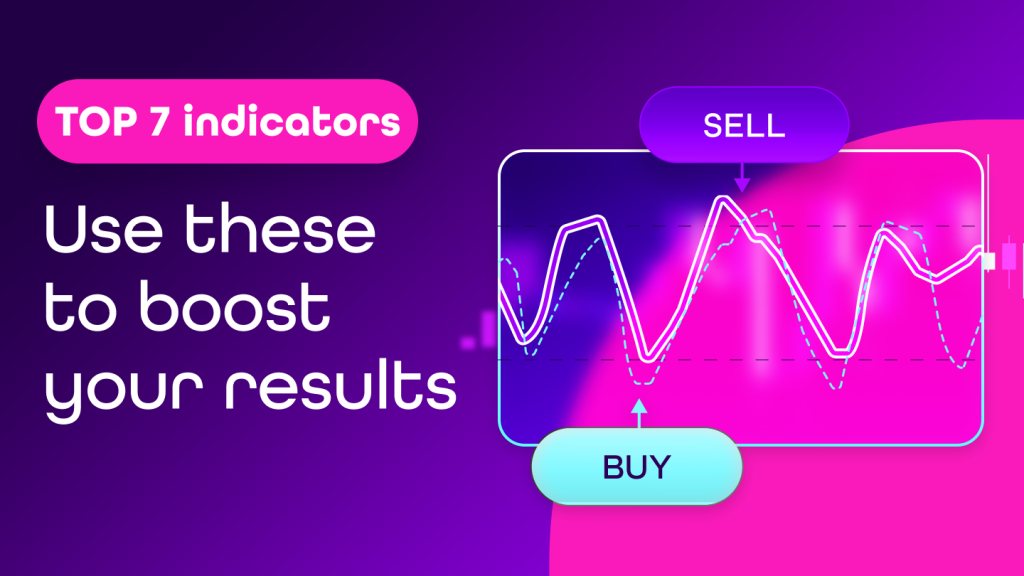Specifics of news trading
Trading during news announcements is one of the most profitable strategies used by our traders. If you want to learn how to trade this way, be sure to read this article.
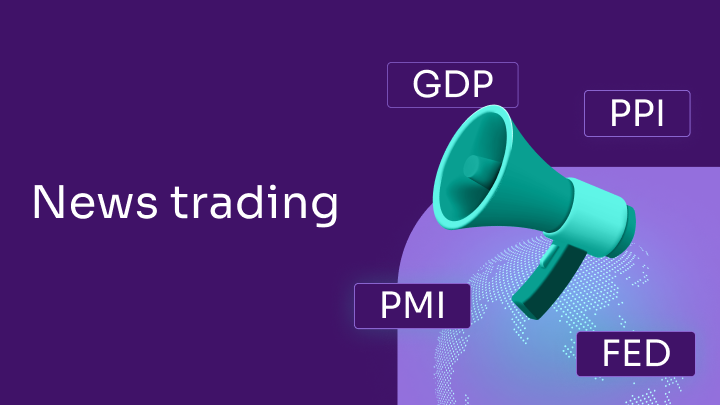
Almost all traders who have achieved the highest payouts at Fintokei have consistently traded during news announcements. The reason is simple: news releases create significant volatility in the markets. If you’re prepared and understand which way the price is likely to move, you can achieve substantial profits.
However, fundamental analysis can be challenging for novice traders. The sheer amount of information and variables to consider when evaluating the markets can be overwhelming.
Today, we’ll focus on how to best prepare for “news trading” ,or trading during the release of fundamental data. We’ll start with a list of essential macroeconomic indicators that you shouldn’t miss.
Which macroeconomic indicators to watch?
Interest Rates
Interest rates are the most important indicator and are set by central banks. Typically, a decrease in interest rates leads to a subsequent depreciation of the currency, while an increase tends to strengthen it. However, this isn’t always the case. The overall outlook from the central bank also plays a significant role. For instance, if an interest rate hike is accompanied by a comment from a board member about a weaker economic outlook, the currency may weaken despite the rate increase.
Inflation
Inflation, the gradual rise in prices, is closely monitored by central banks. Low inflation indicates a slowing economy, leading central banks to delay raising interest rates. Conversely, rising inflation prompts banks to increase interest rates. In such scenarios, the currency often strengthens while the stock index weakens.
Gross domestic product (GDP)
This is the sum of all goods produced and services provided in a country. The higher the GDP, the more pressure is exerted to strengthen the domestic currency and vice versa.
Unemployment
Unemployment is a crucial indicator. High unemployment may signal that the economy needs a boost, typically achieved by lowering interest rates or through quantitative easing (printing money). Both actions are managed by the central bank, but quantitative easing, in particular, tends to weaken the local currency. Conversely, a lower unemployment rate indicates a stronger economy, which can lead to upward pressure on interest rates and, consequently, a strengthening of the local currency.
Information about sold properties
Another indicator of the strength of the economy. The more properties sold, the stronger the local currency is likely to be, and vice versa.
Trade Balance
The trade balance measures the proportion between exports and imports of an economy. When exports exceed imports, there is a trade surplus. A trade surplus is usually associated with a strong demand for the goods and services of an economy, which in turn increases demand for the local currency. This demand typically leads to a strengthening of the currency. Conversely, when imports exceed exports, there is a trade deficit. A trade deficit can lead to a depreciation of the local currency due to decreased demand for it.
How do markets behave when news is released?
Unfortunately, trading is not an exact science – the same data can often lead to different outcomes. Whenever you hear that if A happens in the market, then B is guaranteed to happen, be skeptical. Market behavior can often be illogical. Even if markets react a certain way 99% of the time when news is announced, there is always that 1% chance they will react completely differently. So, always be prepared for unexpected market movements.
Analyzing the markets in any way only increases our probability of success; it is never 100% guaranteed.
In addition, many large players, such as financial institutions, hedge funds, and investment funds, are equipped with algorithmic trading and substantial capital. This allows them to react instantly when fundamental news is published, often moving the market in one direction. Let’s take a look at the most common market reactions to fundamental news.
Scenario 1: The reality was the same as the expectations
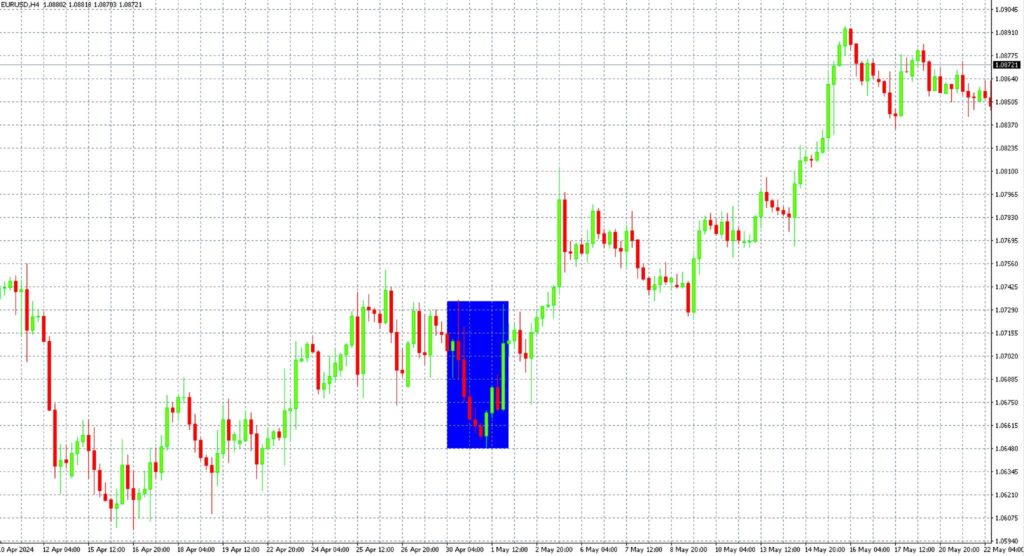
The chart above shows the EUR/USD currency pair during a US Federal Reserve meeting. There was almost 100% certainty that interest rates would be maintained. However, the market was also anticipating speeches that could hint at the possibility of further rate hikes or maintaining the current rates for a longer period. As a result, the dollar strengthened slightly ahead of the meeting. However, the Governor’s speech calmed the market, and the currency pair returned to its previous level. Subsequently, due to labor market data, the dollar weakened further in the following sessions.
Scenario 2: The reality was worse than expected
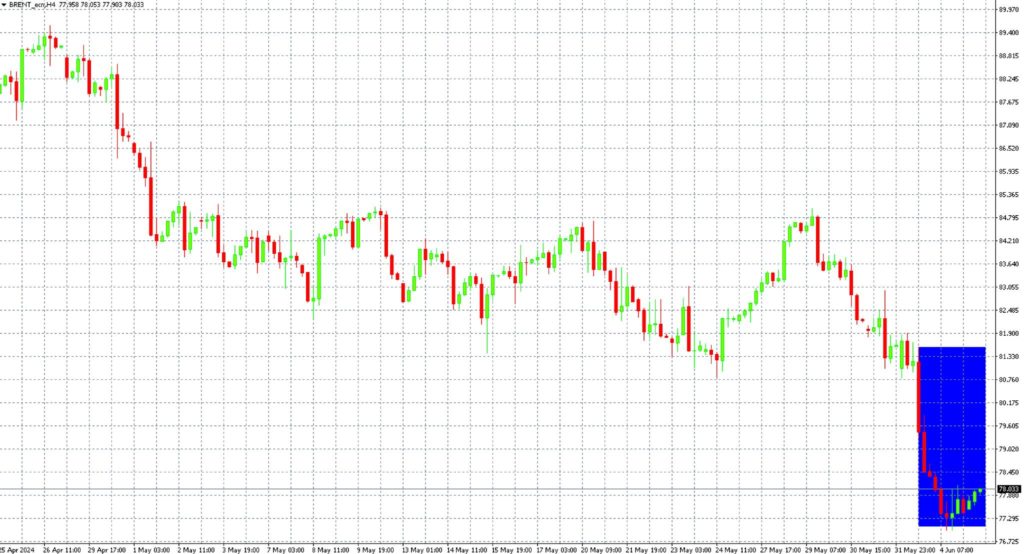
The chart above shows the development of Brent crude oil prices following an OPEC cartel meeting, where production increases starting in October were announced. The oil market was already well-supplied before the meeting, and the expectation of additional oil entering the market caused prices to drop significantly. As a result, a barrel of Brent crude oil fell sharply, as the news of production expansion was worse for the market than anticipated.
Scenario 3: The reality was better than expected
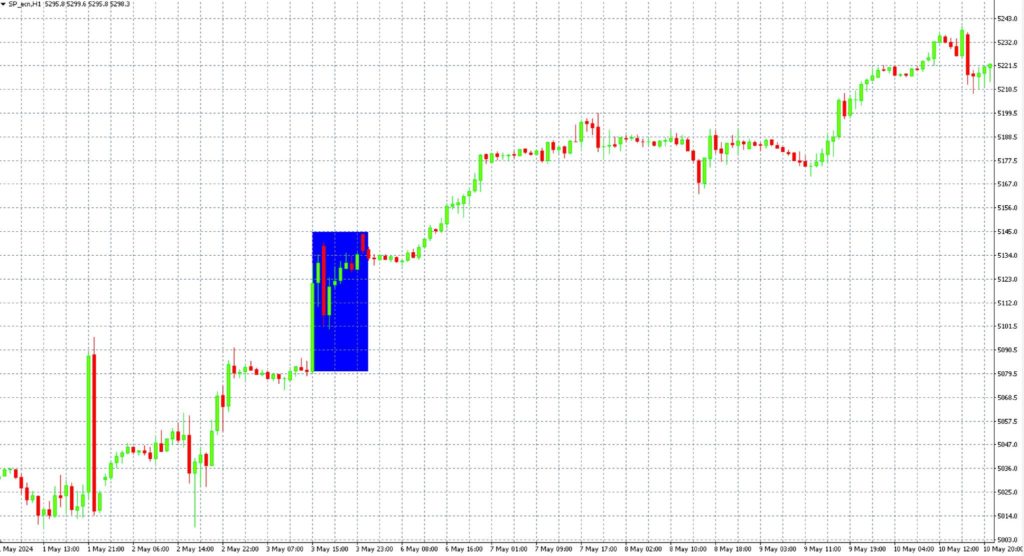
The chart above shows the movement of the S&P 500 index during the release of the April labor market data. This example beautifully illustrates the illogical nature of the markets. The labor market data showed significant cooling, with all metrics—wage growth, nonfarm payrolls, and total unemployment—worse than expected.
In a normal situation, such data would lead to a weakening of the stock index, as it signals an economic slowdown. However, at that time, inflation was relatively high in the US, and the Fed was trying to tame it with high interest rates. To successfully fight inflation, a slight cooling of the labor market is necessary, which the April data indicated.
Therefore, this data was positive for the market as it increased the chances of an early interest rate cut. Consequently, the index moved higher. The announced fundamentals also impacted the dollar, which weakened due to the prospect of lower interest rates. This situation is illustrated in Example 1.
Where to look for information for fundamental analysis trading?
The most important tool for any fundamental trader is the macroeconomic calendar. This calendar provides a chronological list of macroeconomic news for a given day or several days. Additionally, each report includes an assessment of its potential impact on the markets, indicating how much volatility you can expect during its release.
For each event, you will find the value from its last publication on the line on the far right, the value expected by the analysts in the middle, and the current value on the far left. As a trader, you should be interested in how high the deviation of the value on the left is from the value in the middle. The greater the deviation, the greater the market reaction is likely to be.
News trading allowed at Fintokei
While most prop trading companies currently prohibit or restrict news trading, we at Fintokei take a different approach. We believe that trading during high volatility events driven by fundamental news is a perfectly legitimate practice. When combined with exemplary risk management, it can yield very generous and consistent profits for traders.
Moreover, our plan is to replicate our traders’ most profitable trades in the real market in the future. By prohibiting news trading, we would be limiting our own potential for growth and success.

